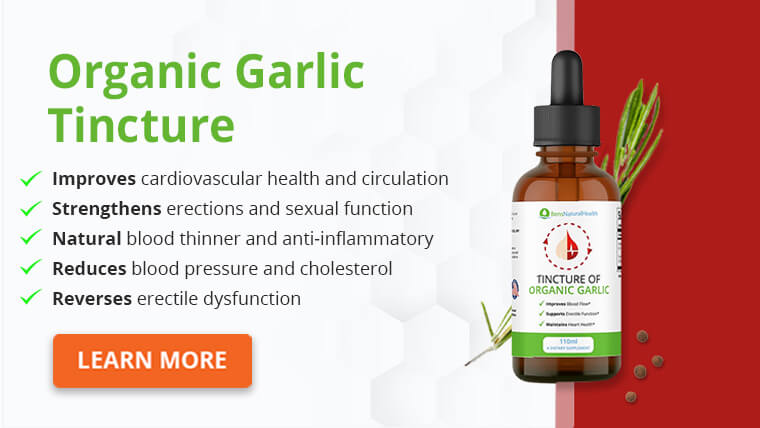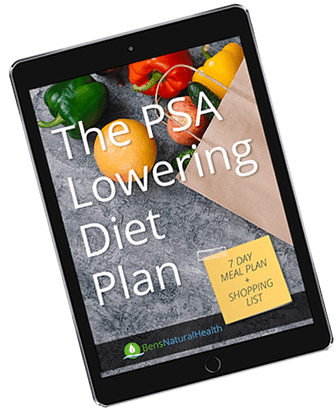A yeast infection occurs when the yeast (fungus) Candida albicans becomes overgrown, which leads to uncomfortable symptoms like genital itching, burning while peeing or having sex, abnormal discharge, and others.
Women are more prone to yeast infections than men, but men can also be affected.
Once you have a yeast infection, you’ll likely be treated with an antifungal medication to clear it.
In addition to drugs, there are some things you can try diet-wise to help clear a yeast infection.
In this article, we’ll review some foods to eat and foods to avoid when you have a yeast infection.
Some of these foods are similar to the recommendations of the “Candida diet,” which aims to reduce the number of candida fungi in your body.
Scientific research doesn’t back all aspects of the “Candida diet. However, altering your diet to see how it impacts the healing process from a yeast infection isn’t harmful and could bring some relief.
Foods to avoid in a Candida diet
1) Sugary drinks
Yeasts like candida are a type of fungus that is fed by sugar. Sugary drinks provide much more sugar than is recommended in a healthy diet and are one of the leading sources of added sugars in a typical Western diet.
Cutting back on sugary drinks during a yeast infection might help speed up your recovery.
Additionally, research shows that cutting back on sugary drinks can result in other health benefits, such as promoting healthier blood sugar levels, reducing your risk factors for heart disease, and promoting better weight management.
Some examples of sugary drinks include:
- Soda (caffeinated and caffeine-free)
- Fruit-flavored drinks
- Sweetened tea and coffee beverages
- Energy drinks
- Sports drinks
- Vitamin-enhanced flavored drinks
2) Foods with added sugar
Just like sugary drinks can provide a lot of excess sugar in your Candida diet, foods with added sugar can feed yeast.
You might think of desserts, candies, and other obviously sweet foods when you think of sugar. However, added sugar is hidden in foods that you might not have thought of.
Processed foods often have added sugar to make them more palatable – even foods that seem healthy, like whole grain cereals, fat-free yogurt, and others.
Some examples of foods with added sugar to consider reducing or avoiding with a yeast infection are:
- Desserts and candies
- Flavored yogurts
- Sweetened cereals like flavored oatmeal, cold cereal, etc.
- Dried fruit (often has sugar added in the coating, such as dried mangoes)
Sign Up For Our Newsletter!
- Receive 10% off our best-selling supplements
- Get Your FREE PSA Lowering Diet Plan
- Be the first to hear about sales and promotions
- Stay up to date on our latest health news
3) Refined carbohydrates
Carbohydrates (often just called carbs) are a type of nutrient your body uses for energy. Carbs break down into sugar in your bloodstream and are commonly thought to influence yeast growth.
Refined carbohydrates like bread products made from enriched flour (white flour) are higher in the type of carbs that turn into sugar.
However, a study on mice fed a high amount of refined carbohydrates showed a “limited effect” on candida growth, so it’s not clear how much your intake of refined carbs will have an impact on yeast infections.
Like sugary drinks, it doesn’t hurt to cut back on refined carbs since they aren’t as good for your health as their non-refined counterparts – whole grains.
Some refined carbs to consider cutting back on while you have a yeast infection include:
- White bread, tortillas, muffins, etc.
- White rice
- Enriched pasta
4) Alcohol
Alcohol like beer, wine, and hard alcohol are from fermented yeast. The goal of treating a yeast infection is to reduce the amount of yeast overgrowth to achieve a healthy balance in your body.
While there isn’t robust research backing the idea that cutting back on alcohol can help with a yeast infection, it definitely doesn’t hurt to try.
Foods to eat when you have a yeast infection
1) Fermented foods
Eating fermented foods can help promote healthy bacteria growth to balance the overgrowth of yeast.
However, some fermented foods contain yeast, so eating a lot of them might not help during a yeast infection (though there isn’t strong evidence that the yeast you eat impacts genital yeast infections).
If you want to try eating fermented foods to help a yeast infection, do so in moderation and consider some of the following:
- Unsweetened yogurt or kefir
- Sauerkraut
- Tempeh
- Kombucha
2) Whole grains
As mentioned in the ‘foods to avoid,’ refined grains are lower in fiber and other nutrients that are good for your health.
Replacing them with whole grains is a healthier choice for your heart and digestive health.
Some whole grains to consider adding to your diet include:
- Whole wheat bread, tortillas, English muffins, etc.
- Whole wheat pasta
- Brown rice
- Barley
3) Garlic
In a small study of 56 patients, garlic paste was as effective as a topical antifungal at reducing signs of oral yeast infections.
These findings don’t necessarily equate to their effectiveness for genital yeast infections, but – like so many other recommendations we’ve given – it doesn’t hurt to try.
Studies have identified many benefits of garlic and have found that garlic is beneficial for your heart health and might even reduce your risk of cancer.

4) Protein
If you’re cutting back on refined carbs and sugar in an attempt to speed up your recovery from a yeast infection, you might be left wondering what you can eat that will help make you feel full.
Protein is a nutrient that boosts satiety and is a good choice to replace refined carbs.
You can get protein from sources such as:
- Meat (beef, poultry, etc.)
- Eggs
- Legumes (peanuts, soybeans, black beans, etc.)
- Nuts and seeds
- Dairy products, especially yogurt, and cheese
5) Coconut oil
One study found that capric acid helped reduce the growth of candida. Capric acid is found in certain types of fats, such as coconut oil. Other studies show that coconut oil has natural antifungal properties.
Coconut oil is high in fat and calories, so be sure to use it in moderation like other types of fat.
Conclusion
- Genital yeast infections occur when yeast (a type of fungus – more specifically, Candida albicans) becomes overgrown, causing unpleasant symptoms like genital itching, burning, and discharge.
- Yeast infections are treated with antifungal medications. Other natural treatments (like diet) may not be as effective, and research doesn’t support the idea that your diet has a strong impact on the recovery from a yeast infection.
- Despite the lack of scientific evidence, it doesn’t hurt to change your diet while you heal from a yeast infection.
- The common recommendations (such as in the “Candida diet”) aren’t harmful and often have other documented health benefits besides their potential impact on yeast growth.
- Some potential foods to avoid during a yeast infection include sugary drinks, foods with added sugar, refined carbohydrates, and alcohol.
- Some foods that might be beneficial to eat with a yeast infection include fermented foods, whole grains, protein-rich foods, coconut oil, and garlic.
Explore More

11 Natural Antifungals: Home Remedies For Candida & Ringworm.







